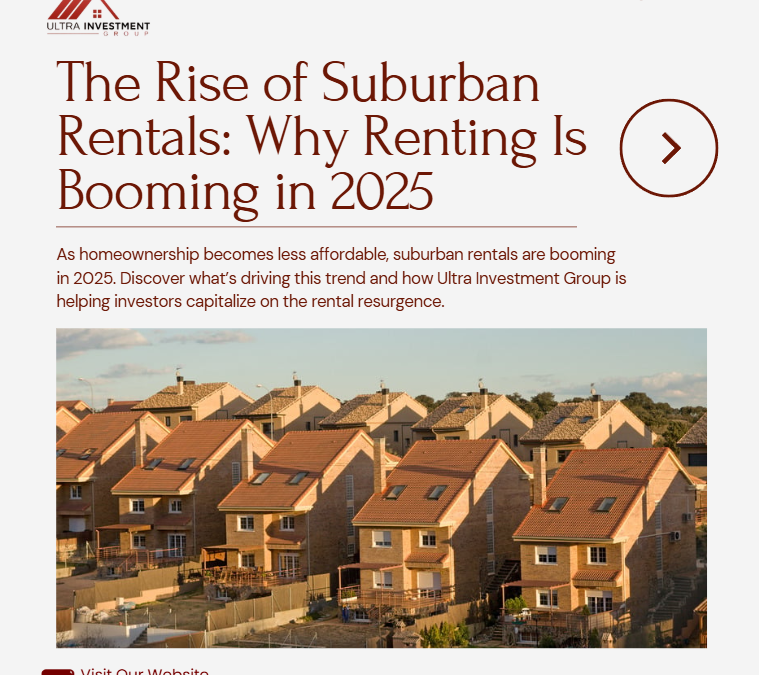📉 With First-Time Buyers Priced Out, Investors Are Swooping In
The U.S. housing market is undergoing a dramatic shift in 2025: individual homebuyers are being sidelined, and real estate investors are stepping up in record numbers.
High interest rates, sky-high home prices, and tight inventory have created a perfect storm that’s locking out many would-be homeowners. Meanwhile, small- and mid-sized investors—those owning fewer than 100 properties—now account for nearly one in three home purchases across the country.
📊 Investor purchases have surged to 30% of all single-family home transactions— the highest level in over a decade.
🧨 What’s Driving the Investor Boom?
1. High Mortgage Rates Are Freezing Out Traditional Buyers
With mortgage rates hovering around 6.7%, financing a home is significantly more expensive than just a few years ago. Many individual buyers are postponing their purchase—or exiting the market entirely.
2. Cash Is King
Most investors come armed with cash offers, allowing them to:
- Close deals faster
- Waive contingencies
- Outbid traditional buyers
This gives them a sharp competitive edge, especially in hot markets like Texas, Florida, and Arizona.
3. The Rise of the “Mom-and-Pop Investor”
Forget Wall Street giants—today’s dominant investors are individuals or small partnerships. They’re using platforms like Roofstock or Fundrise, tapping into HELOCs, or pooling money from friends and family to buy rental properties.
📍 Where Are Investors Buying?
Top markets for investor activity in 2025 include:
- Dallas–Fort Worth, TX
- Atlanta, GA
- Tampa–St. Petersburg, FL
- Phoenix, AZ
- Charlotte, NC
These areas offer a powerful combination of:
- Strong job growth
- Rising rents
- Low property taxes (in some cases)
- Favorable landlord laws
🏚️ What Are They Doing With These Homes?
Most investor-owned homes are turned into single-family rentals. A common strategy includes:
- Buying at a discount
- Making light renovations (kitchen, paint, HVAC)
- Listing at market-rate rents, which have climbed ~5% YoY in many regions
The result? A new breed of rental housing that looks like a typical starter home but operates as a professionally managed income stream.
🔄 What Does This Mean for the Average Buyer?
😬 Tighter Competition
First-time homebuyers must now compete not only with each other—but also with seasoned, well-capitalized investors.
📈 Home Prices May Stay Elevated
Investor activity often supports or drives price increases, especially in high-demand zip codes.
🔐 Limited Access to Entry-Level Homes
As investors gobble up lower-priced inventory, starter homes are becoming harder to find—and even harder to afford.
✅ How Can Buyers Stay Competitive?
If you’re trying to buy a home in today’s investor-heavy market:
- Get pre-approved early – Show sellers you’re serious.
- Make strong offers – Sometimes that means waiving minor contingencies.
- Consider new builds or overlooked areas – Some suburbs and rural zones still have deals.
- Work with an investor-savvy agent – They’ll know where to look and how to negotiate.
💡 The Bottom Line
The 2025 housing market is being reshaped by small-scale real estate investors, many of whom are creating long-term wealth through rental properties. For individual buyers, this means more competition, but also an opportunity to learn from what investors are doing right.
Whether you’re buying your first home or your fifth, staying informed—and adaptable—is key.















